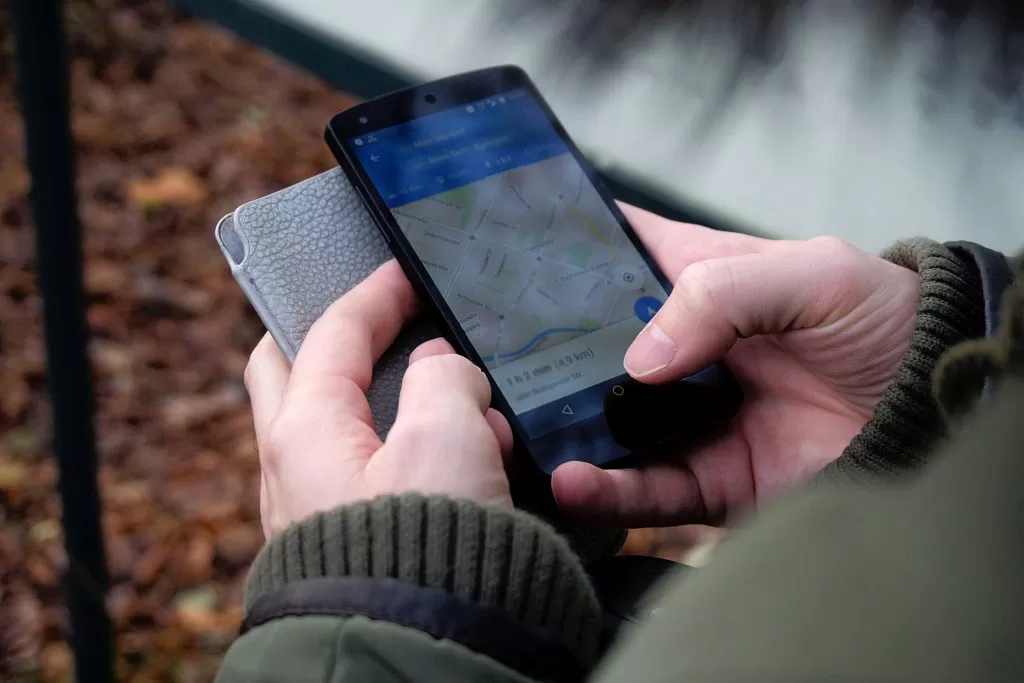5 Phases in the Mobile App Development Life Cycle
Businesses today are used to the fast and easy route, which is why many of them have unrealistic expectations when it comes to mobile app development. Charlotte NC companies and modern business owners, in general, wish to have their app developed and rolled out into the market in the fastest time possible. Many don’t realize that app development and digital marketing in Charlotte NC are processes that require a good amount of time and resource investment, at least 3 months for the initial build and another 6 months for incorporating more advanced functionalities and features. Here are some of the most basic phases of app development and production to help you better understand what it’s like to build a mobile application:
1. Discovery Phase –Every app begins with a small seed of an idea. Building a successful product requires an ideation and inception process that will help refine its conceptual framework. The discovery phase is where important and fundamental questions must be asked and answered about the app in question, from its competitive advantage to questions about infrastructure integration, form and mobility, as well as its overall value.
2. Design Phase – After the discovery phase comes to the design stage, which is when system development begins. Now that you know the blueprint of the app you wish to build, you can start assembling all its working parts. This requires putting together a team that will follow a carefully set workflow design that details different stages of development and the boundaries and expectations for each.
3. Development and Testing Phase –This is the stage when the actual software development takes place, following a cyclical and iterative process of development and testing so that bugs and errors are minimized, caught, and rectified as early as possible.
4. Deployment Phase – This is the point at which an app is geared up for release after rigorous development and even more meticulous testing. This is where app advertising and marketing comes into play to help introduce and popularize the app among target users. The goal is to create a buzz so that more people know about and engage with the app.
5. Maintenance and Updates Phase – A mobile app’s life cycle doesn’t end with deployment. The cyclical nature of development calls for constant maintenance and updates as the needs and demands of the market change
.
Also Read: 10 reasons why apps fail and how to fix them
See these phases of development in action when you work with Animink, a leading mobile app development Charlotte company specializing in a range of web design and application development. Animink also provides digital marketing in Charlotte NC to help grow your business and increase your visibility online so you can reach more customers.

